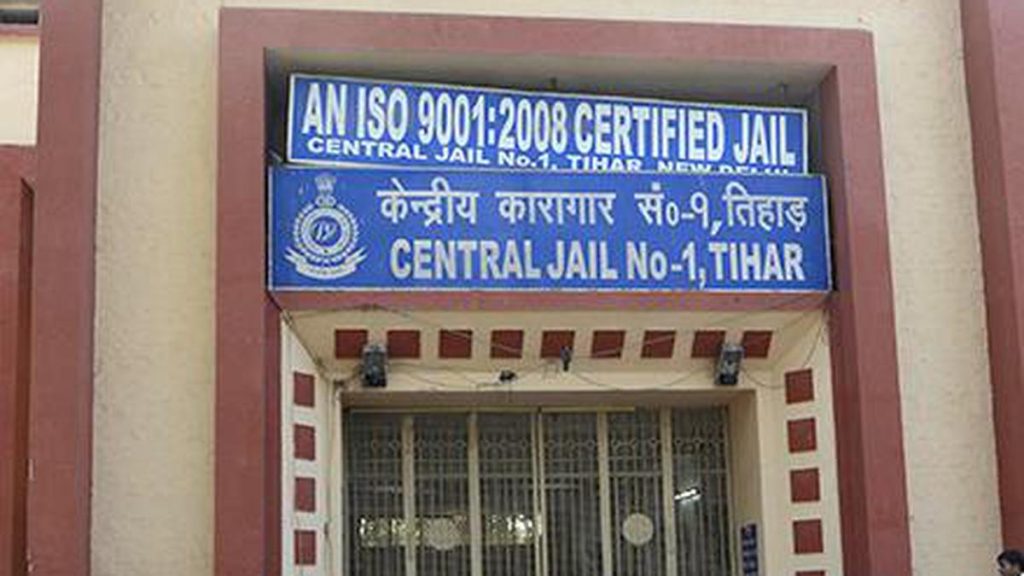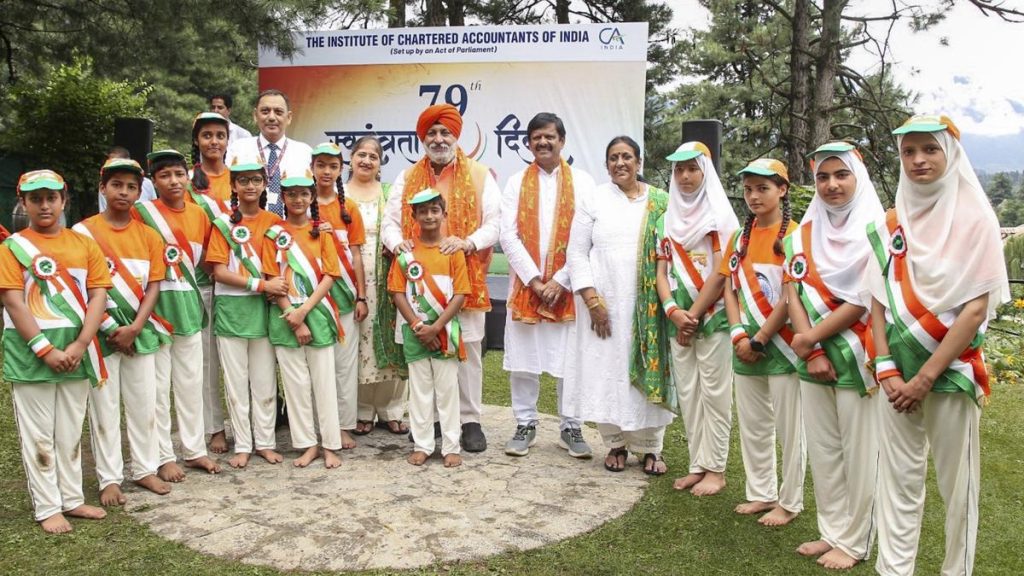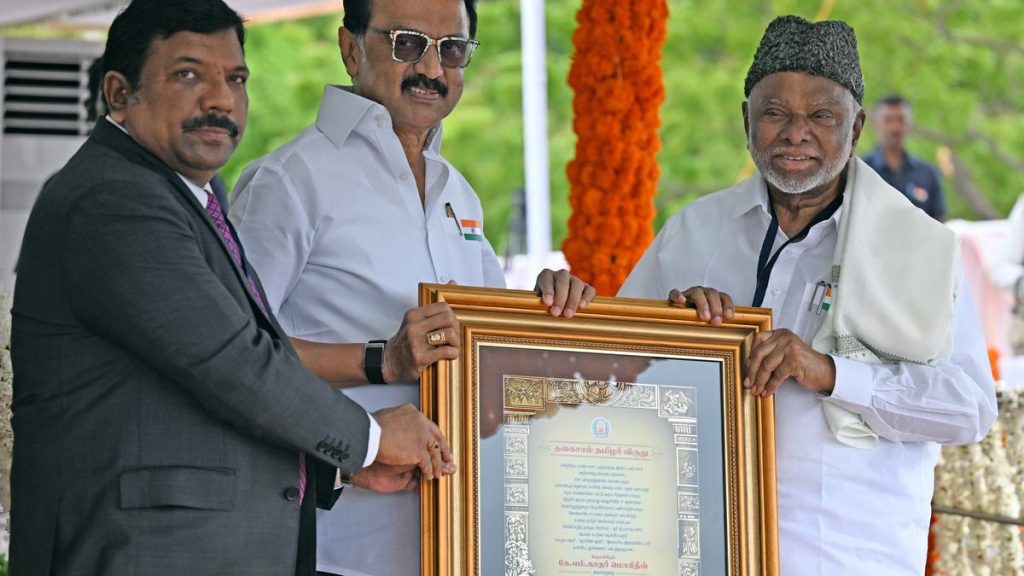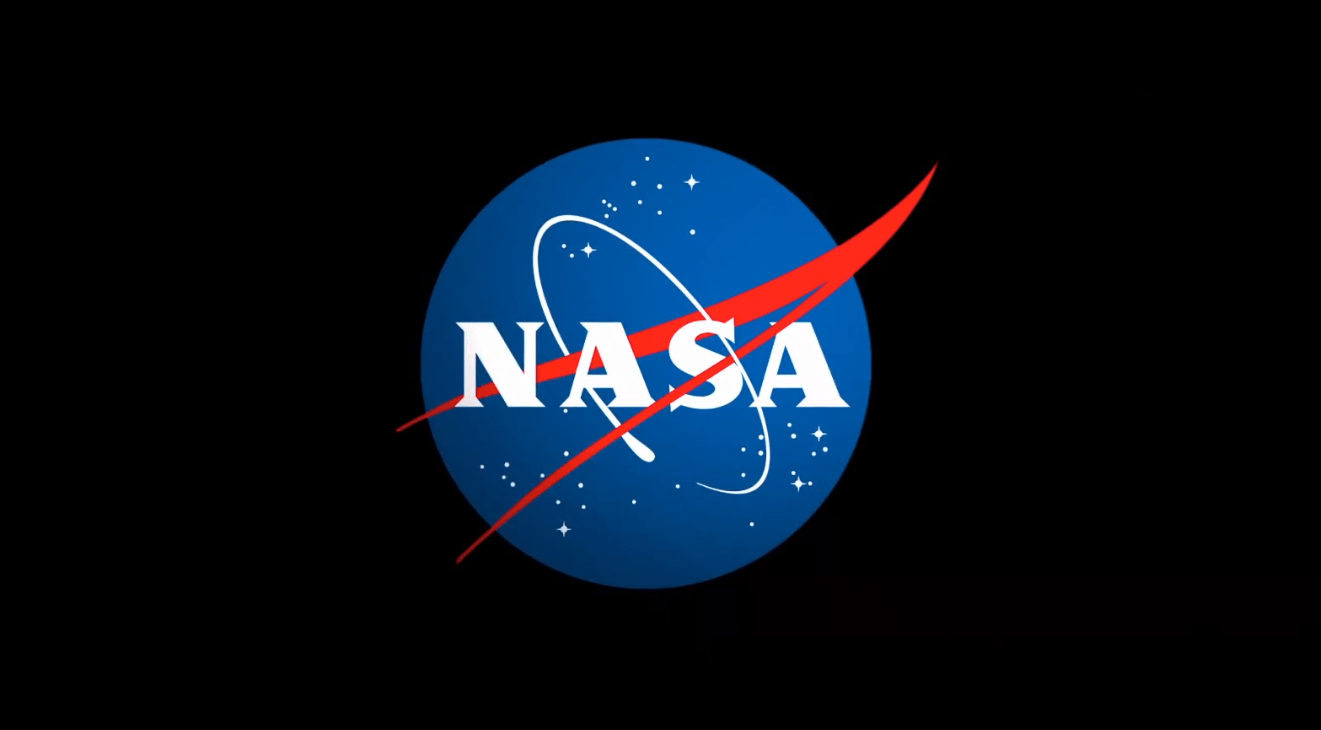Now Reading: NASA Explores Raising Swift Mission’s Orbit with Industry Collaboration
-
01
NASA Explores Raising Swift Mission’s Orbit with Industry Collaboration
NASA Explores Raising Swift Mission’s Orbit with Industry Collaboration
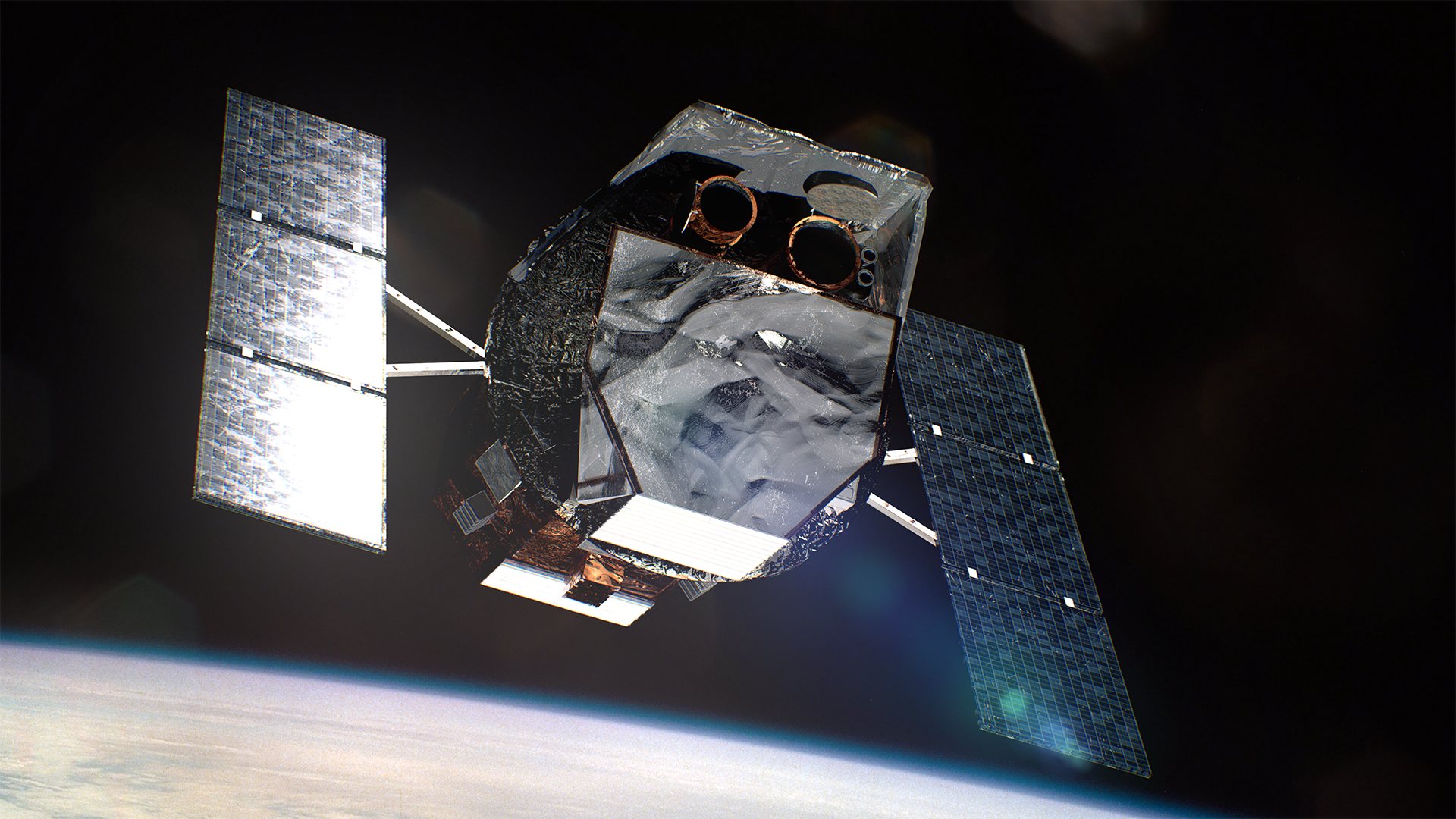
Quick Summary
- NASA is considering a exhibition to raise the orbit of its Neil Gehrels Swift Observatory, launched in 2004, which studies high-energy phenomena in the universe.
- The spacecraft’s decaying low Earth orbit has been expedited by increased solar activity, creating atmospheric drag.
- Two American companies-Cambrian Works (Virginia) adn Katalyst Space Technologies (Arizona)-have been awarded $150,000 each under NASA’s Phase III SBIR contracts to develop concept design studies for boosting Swift’s orbit.
- Starfish Space is also evaluating the feasibility of using its Small Spacecraft Propulsion and Inspection capability (SSPICY) technology for potential orbital adjustments of Swift.
- While an orbit boost may extend the telescope’s operational life more cost-effectively than replacing it with a new observatory, no formal mission plans have been decided yet. NASA continues studying technical challenges and risks associated with re-orbiting satellites.
- Discussions highlight how developing such technologies can solidify U.S leadership in spacecraft servicing while benefiting government missions and private industry capabilities.
Indian Opinion Analysis
The concept of raising a satellite’s orbit rather of allowing reentry demonstrates meaningful advancements in satellite servicing technologies-a niche were India can take inspiration for fostering industrial collaboration between state agencies (e.g., ISRO) and private firms aiming at deep-space applications. With ISRO accelerating development programs like Gaganyaan or working on lunar rover Chandrayaan projects,integrating reusable or repairable orbital-class infrastructure could save long-term costs while enhancing India’s competitiveness globally across space research capabilities.Moreover, similar innovations could indirectly address India’s growing concerns about space debris management as part of responsible space exploration policies-a focus area often highlighted by global organizations such as UN COPUOS during multilateral reviews!



